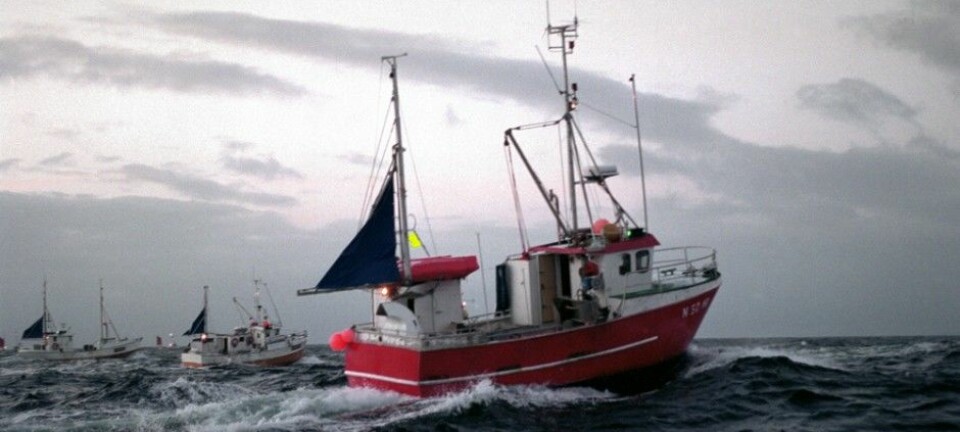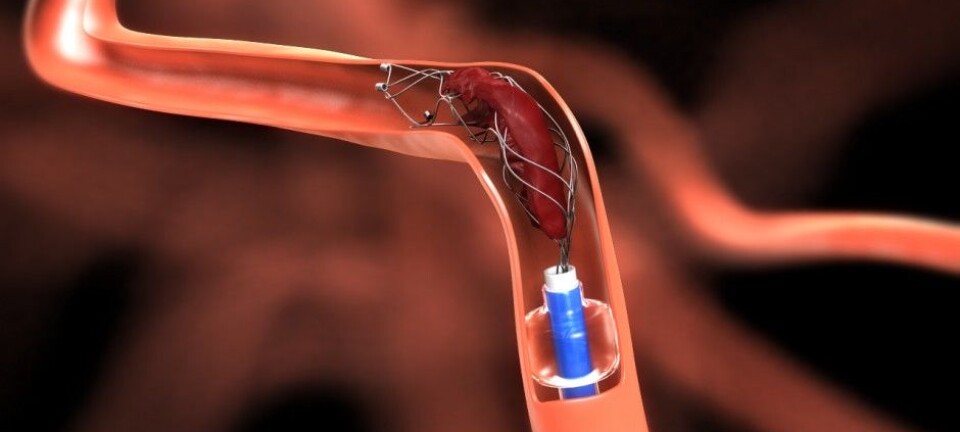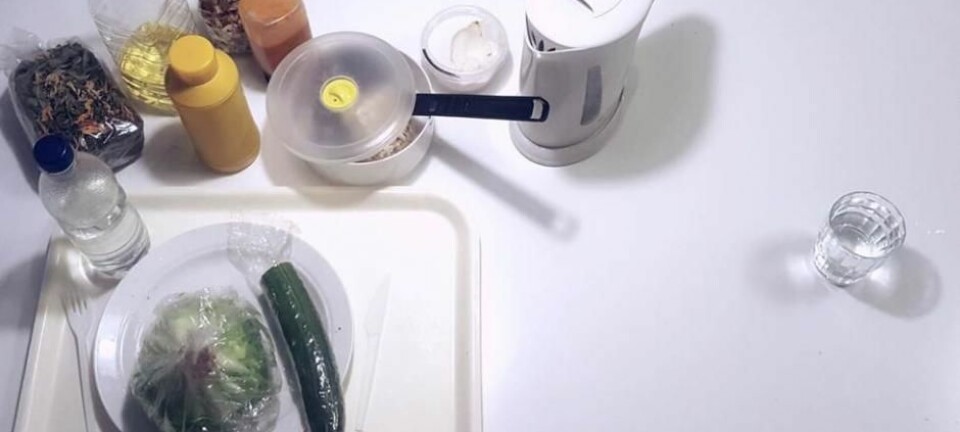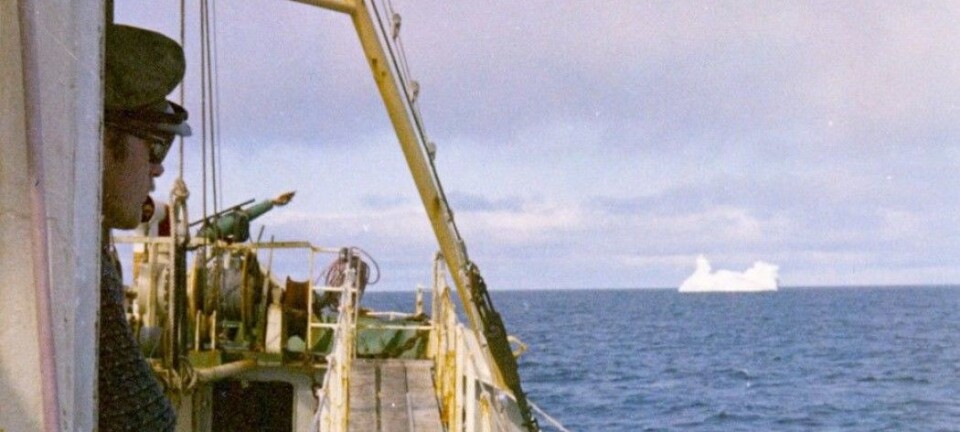This article was produced and financed by Nofima The Norwegian Institute of Food, Fisheries and Aquaculture Research

How to reduce plastic in the seafood industry
Norway exports salmon fillets in large quantities, the quality of which must be preserved during transportation. Nofima researchers are investigating the possibility of preserving quality and food safety while reducing the use of plastics.
Proper packaging protects salmon fillets. Done right, it helps achieve the best possible quality and the desired shelf life by protecting the fillets from oxygen.
Packaging must be dependable
A significant proportion of salmon fillets exported from Norway are packed into ‘big batches,’ containing between 10 and 12 kilograms of fillets. Two big batches are often packed into each transportation container. The packages are often handled by machine, so they must be able to withstand bumps and knocks. Thus, the material needs to have the proper mechanical strength while remaining relatively flexible, while protecting the product against oxygen.
Material thickness is important when products are packed using thermoforming, such as form-fill-seal. Form fill sealing involves forming the bottom web, after which the product is filled into the package. Air is subsequently expelled before the top web is sealed.
“We have investigated the potential for reducing the thickness of the plastic material without compromising on the quality and durability of the packaging or shelf life of the fillets. We have determined that it is entirely possible to use thinner plastics and thereby reduce plastic consumption,” says Marit Kvalvåg Pettersen, Senior Researcher at Nofima.
Significant reduction in plastic use
When salmon fillets are packed into big batches by a form-fill-seal using thermoforming machine, two different plastic films are applied. One film (the bottom web) is formed into the bottom and side walls, while the other film (the top web) is sealed on top of the packages. Since the bottom web is stretched to form the bottom and side walls, it must be thicker than the plastic film on top, and the thickness should be determined by applied drawing depth.
The researchers have compared current conventional plastic films with slightly thinner versions. If the thinner versions are utilised, plastic use can be reduced by around 10 percent in this specific study.
Preservation of fish quality
“The shelf life and quality of fish are determined by the number of spoilage bacteria. Our analyses of bacterial growth in fish stored at four degrres Celsius after four, eight, twelve, and fifteen days, showed, in general, no significant differences between packages with different plastic film thicknesses,” says Marit Kvalvåg Pettersen.
New packaging solutions have already been implemented.
“Based on the project results, we have opted to switch to thinner plastic films for big batch packages. As a consequence, we have reduced plastic use by 27 tonnes a year,” says Pål Storø from SalMar. SalMar is project owner of the SeaPack project.
Environmental effects of plastic reduction
Researchers at Østfoldforskning Research Institute are using life-cycle analyses to study the effect of reduced plastic consumption.
“In general, the environmental impact of packaging is reduced proportionally to the reduction in material quantities. But different packaging materials have different climate footprints, since different packaging materials constitute different plastic materials and different plastics have different methods of production. A more detailed analysis is required if the material composition of the packaging is changed,” explains researcher Ellen Soldal from Østfoldforskning.
She adds that greenhouse gas emissions are not the only environmental burden associated with plastic use.
“It’s important to examine other factors as well, such as litter and fossil fuel consumption,” says Soldal.



































